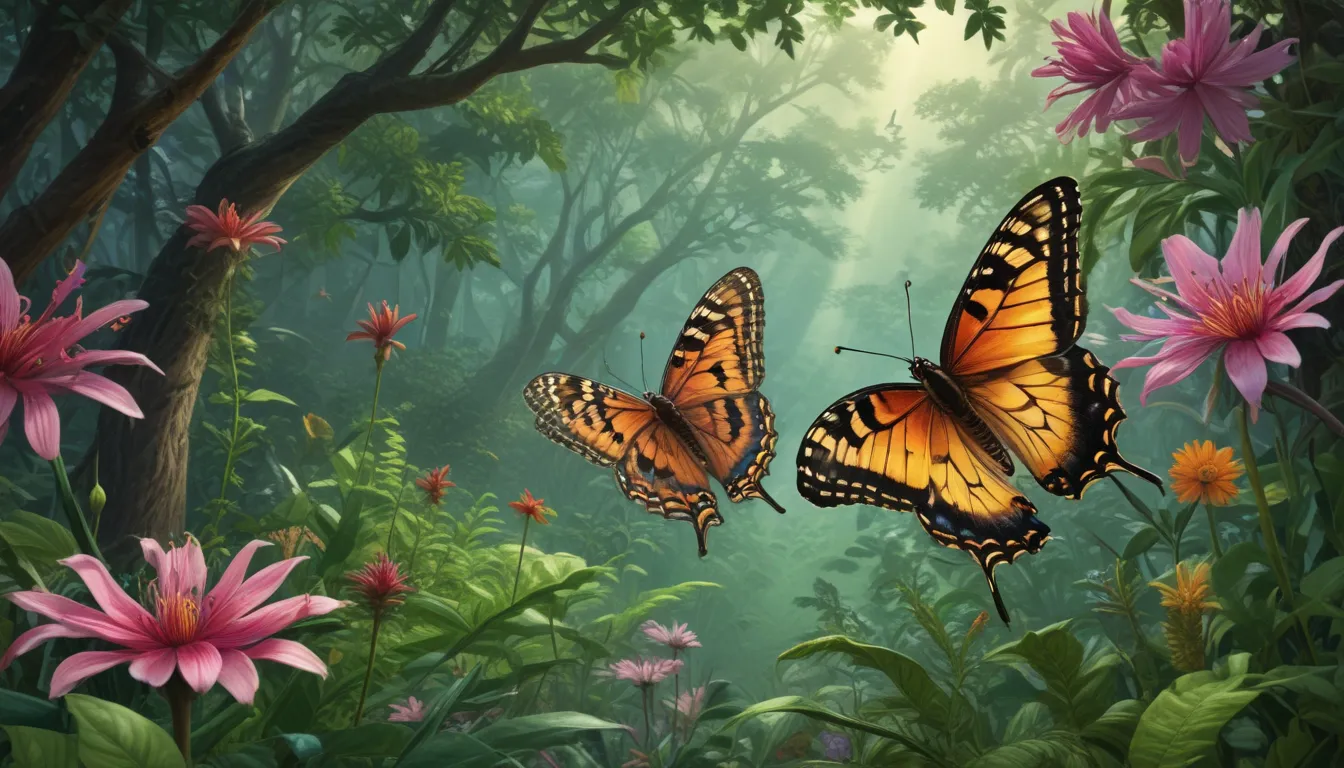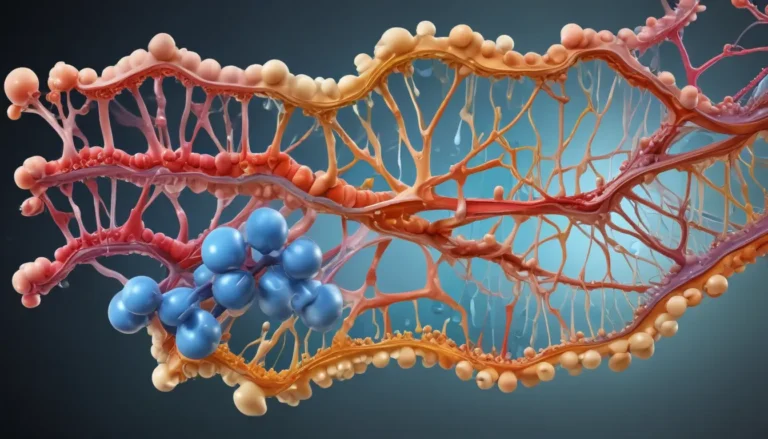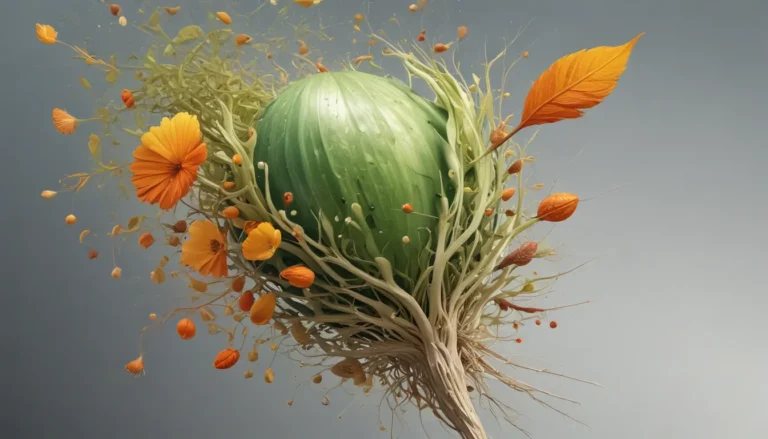A Note About Images: The images used in our articles are for illustration purposes only and may not exactly match the content. They are meant to engage readers, but the text should be relied upon for accurate information.
Welcome to the enchanting world of mutualism, a captivating biological phenomenon that highlights the beauty of cooperation in nature. This symbiotic relationship between different species not only showcases the incredible adaptations and collaborations that occur in the natural world but also underscores the essential role that mutualistic interactions play in maintaining the delicate balance of ecosystems globally.
Join us as we embark on a journey to uncover the astonishing facts about mutualism that will inspire awe and appreciation for the intricate web of interdependence among living organisms. From the mesmerizing partnerships between plants and insects to the mutually beneficial relationships among animals, prepare to be amazed by the ingenious strategies nature has devised for survival.
Delving Into the Marvels of Mutualism:
Mutualism is like a team effort where different species come together to help each other thrive. From bees and flowers to ants and fungus, these partnerships are not only fundamental to nature’s balance but also serve as a reminder of the power of collaboration in promoting the well-being of all involved. Moreover, it’s not just a concept limited to the natural world – even humans benefit from mutualistic relationships with the bacteria in our gut and the plants in our gardens, working harmoniously to create a healthier environment.
Unveiling The Essence of Mutualism:
Mutualism is a fascinating form of symbiotic relationship where two different species mutually benefit from each other’s presence. This cooperative interaction, based on reciprocity, can be observed across various ecosystems, from the depths of the ocean to the canopy of the rainforest. These relationships are integral to maintaining ecosystem balance and stability, highlighting the interconnectedness of all living beings.
Experiencing Mutualism in Different Ecological Niches:
The wonders of mutualistic relationships are not confined to specific environments but can be found in a diverse array of ecological niches. Whether in aquatic environments or terrestrial habitats, these interactions are vital for sustaining the balance of ecosystems and ensuring the well-being of all organisms within them.
Pollination: A Timeless Tale of Mutualism:
One of the most iconic examples of mutualism is the relationship between flowers and pollinators. Bees, birds, and other pollinators benefit from the nectar provided by flowers, while simultaneously aiding in the reproduction of plants by carrying pollen from one flower to another. This classic example of mutualistic cooperation underscores the essential role that these relationships play in sustaining the cycle of life.
Embarking on Extraordinary Mutualistic Adventures:
Dive into the enchanting world of mutualism with fascinating examples that showcase the remarkable partnerships forged between different species:
-
Cleaner Fish: In aquatic environments, cleaner fish like wrasses and shrimp provide a valuable service to larger fish by removing parasites and dead skin. This mutually beneficial relationship ensures the health and well-being of both parties involved.
-
Leafcutter Ants and Fungus: Witness the intricate partnership between leafcutter ants and fungus, where ants cultivate fungus for food by cutting and providing leaves, while the fungus serves as a nutritious food source for the ants.
-
Mycorrhizal Fungi: Explore the symbiotic association between mycorrhizal fungi and plant roots, where fungi aid in nutrient absorption from the soil while receiving essential sugars and organic compounds from plants.
-
Oxpecker Birds: Journey to Africa and discover the mutualistic relationship between oxpecker birds and large mammals, where birds feed on parasites residing on the mammals, benefiting both parties by ensuring hygiene and health.
Appreciating the Importance of Mutualism:
Mutualistic relationships are not just fascinating to observe but also offer significant benefits to the species involved. By enhancing survival and reproductive success, mutualism plays a crucial role in shaping evolution and adapting to changing environments. These relationships contribute to maintaining biodiversity, ecosystem productivity, and overall ecological resilience, underscoring their essentiality in the intricate web of life.
Unveiling the Wonders of Mutualistic Collaborations:
As we unravel the secrets of mutualism and explore its remarkable adaptations and interactions, we gain a deeper appreciation for the interconnectedness of life on Earth. From coral reefs to terrestrial ecosystems, mutualism showcases the ingenious strategies organisms have evolved to cooperatively thrive and ensure the sustainability of our planet.
FAQs: Your Gateway to Mutualistic Knowledge
-
What is mutualism?
Mutualism is a symbiotic relationship where two different species benefit from interacting with each other, relying on each other for survival and reproduction. -
Can mutualism be found in other ecosystems aside from terrestrial ones?
Yes, mutualism can be observed in various ecosystems, including marine and freshwater environments, highlighting its widespread occurrence in nature. -
How does mutualism contribute to the balance of ecosystems?
Mutualism promotes species diversity, ecological stability, and overall ecosystem health by fostering mutually beneficial interactions among species. -
What are some examples of mutualism?
Examples of mutualism include pollination between flowers and bees, cleaner fish providing services to larger fish, and plants attracting beneficial insects for pest control. -
How does mutualism benefit the organisms involved?
Mutualism provides resources such as food, shelter, and protection, enhancing the survival and reproductive success of the organisms engaged in the interaction.
Conclusion: Embracing the Beauty of Mutualism
Mutualism stands as a testament to the harmonious relationships that exist in the natural world, showcasing the power of cooperation and interdependence among living beings. As we delve deeper into the wonders of mutualism, we gain a newfound appreciation for the intricate web of life and the essential role these partnerships play in sustaining ecosystems worldwide. Let us continue to cherish and protect these invaluable relationships, ensuring a harmonious and thriving planet for generations to come.
Enhance your understanding of mutualism and discover the extraordinary collaborations that shape the world around us. Let the awe-inspiring examples of cooperation and mutual benefit inspire you to appreciate the interconnectedness of all living beings and the remarkable diversity of life on Earth. Join us on this journey of discovery and exploration as we celebrate the wonders of mutualism and the remarkable bonds that unite us all.






